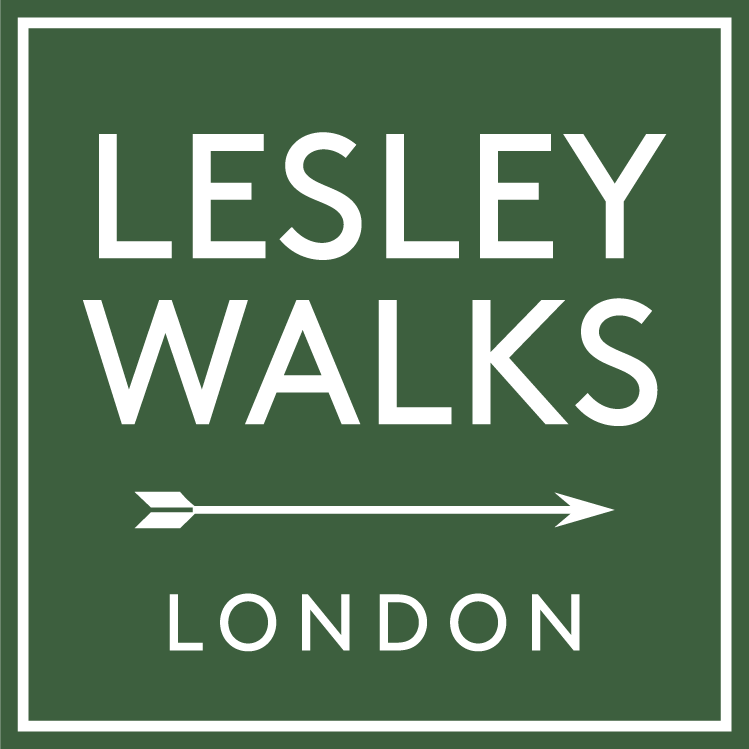Fascinating and perhaps unexpected places lie either side of the busy main road of High Holborn. This was originally a continuation of a westward path up from a crossing over the River Fleet, leading through green fields and connecting the mediaeval City to St Giles and Westminster. Today, we rarely notice the valley of the now-buried river because Holborn Viaduct bridges it, but the church of St Andrew Holborn lies on the hilly riverbank, standing on the site of a wooden church dated from 969 AD. ‘Holborn’ takes its name from the ‘Old Bourne’, another name for the Fleet.

Because the area was outside the jurisdiction of the City authorities, it became the home of bishop’s palaces, the first church of the Knights Templar, legal inns and ancient markets. Indeed, a small area of land once belonged to the Bishops of Ely who built a huge palace here – a little bit of Cambridgeshire in London! The ancient and atmospheric St Etheldreda’s Catholic Church is the last survivor of the palace and still lies in a privately-owned enclave of beautiful Georgian houses, if firmly within London now.

Similarly, two of the four Inns of Court (for barristers), Gray’s Inn and Lincoln’s Inn with their stunning historic buildings and green spaces lie either side of Holborn, as do traces of several Inns of Chancery (for law students) and other legal services.

Sir Christopher Hatton was a favourite of Queen Elizabeth I who acquired part of the Bishops of Ely’s grounds after the dissolution of religious orders (and he is said to have danced with the Queen in an inn that still stands!) Later, Hatton Garden was developed in the 17th and early 18th centuries as a smart residential enclave, but as London expanded the main road became lined with coaching inns, then industry moved in.

Hatton Garden is world famous for the jewellery and diamond trades. The East India Company imported precious stones and metals and traded here, again just outside the City, then an influx of skilled metalworking Huguenot refugees settled in nearby Clerkenwell, whilst De Beers built huge warehouses and vaults in the later 1800s as they mined and imported diamonds from South Africa. More recently, the biggest burglary in English legal history – by the elderly ‘wheezer geezers’ – took place here in 2015.

Leather Lane has hosted a market for centuries which became particularly important as the area crowded with people working in factories such as tobacco, coachworks and breweries in the 19C. Waves of immigrants arrived, particularly from a divided and warring Italy, then Jewish refugees from Eastern Europe. The Italian community built a Catholic church that still organises an amazing annual procession each year in honour of our Lady of Carmel. This winds through the surrounding streets, all thronged with the Italian community.

By the latter part of the Victorian age, overcrowding, extreme poverty and slums contrasted with grand Victorian temples of commerce. Early 20C ground-breaking social housing, then more recent rejuvenation, now sit by side by side with much of the old fabric of the historic parish of St Andrew Holborn, including several Grade I listed buildings.

Please join me to explore all of this and more on a wander through the alleyways and green spaces at the south-east boundary of today’s Camden borough. Next walk dates Wednesday 28th May at 11am (and a further date on 6th July), details here.

